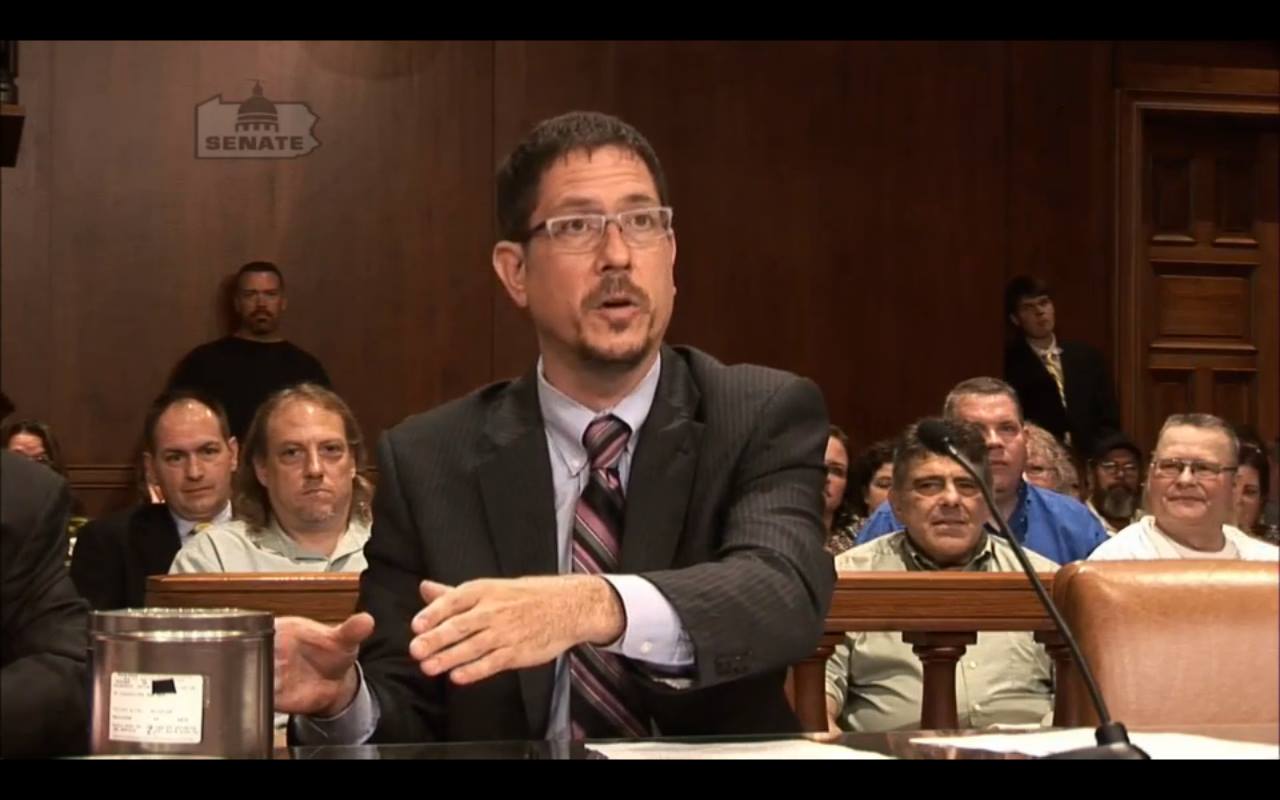Why Select Federal Appeal Lawyers: Proven Approaches for Successful Appeals
Why Select Federal Appeal Lawyers: Proven Approaches for Successful Appeals
Blog Article
Demystifying the Process of Federal Appeals: What You Need to Know
Browsing the intricate world of government appeals can commonly appear like going across uncharted waters for those strange with the process. Recognizing the nuances of appellate court jurisdiction, the complexities of filing a notification of charm, presenting an engaging quick, and making a persuasive oral disagreement are crucial parts that can significantly affect the result of a situation. By unwinding the layers of intricacy bordering government allures, people can obtain a more clear understanding right into the mechanisms that govern this critical point of the lawful system.
Understanding Federal Appeals Process
Exploring the intricate realm of the government allures procedure reveals a methodical and structured journey through the judicial system - alaska federal appeal attorneys. Federal charms work as an essential mechanism for examining choices made by lower courts. Recognizing this process is necessary for anyone associated with lawful proceedings at the government level
The procedure typically begins with an event dissatisfied with a lower court's judgment submitting a notification of appeal. This activates a review by a higher court, where a panel of courts assesses the legal debates offered by both parties. Briefs detailing the lawful thinking behind each party's position are submitted, and oral disagreements might be heard to make clear complex issues.
The appellate court's decision is based on a thorough assessment of the lower court's proceedings and the disagreements provided. When the appellate court reaches a decision, it can affirm, turn around, remand, or change the reduced court's ruling, offering clarity and finality to the legal disagreement.
Appellate Court Territory Described

Appellate courts have territory over details kinds of cases, typically those entailing lawful errors, procedural concerns, or concerns of legislation rather than valid conflicts. The jurisdiction of appellate courts is generally outlined in laws and regulations that regulate the court system. Understanding appellate court territory is important for parties associated with the charms process as it establishes whether a situation is eligible for evaluation and the extent to which the appellate court can interfere in the lower court's choice.
Filing a Notification of Charm
The initial action in commencing the government charms procedure includes filing a Notice of Appeal with the ideal appellate court. federal tax fraud appeal lawyers. This critical file officially notifies the court and the various other events entailed in the instance that the appealing party means to seek a review of the lower court's decision. Submitting a Notice of Charm is a rigorous procedural requirement that sets the appellate procedure in activity
When preparing the Notice of Allure, it is vital to make sure conformity with the particular guidelines and guidelines of the pertinent appellate court. The record must usually consist of details such why not look here as the instance name, the lower court's name, the day of the judgment being appealed, and a succinct declaration showing the premises for the appeal.
Timeliness is essential when filing a Notice of Appeal. Missing the target date for submitting this record can lead to the appeal being rejected, highlighting the value of timely and precise initiation of the charms process. It is advisable to look for lawful assistance to browse the complexities of submitting a Notice of Charm effectively.
Briefing and Oral Disagreement
In the appellate procedure, providing composed briefs and engaging in oral debates play critical duties in advocating for the appealing celebration's setting before the appellate court. Briefs are thorough legal documents that describe the events' debates, lawful authorities, and analysis sustaining their settings. These written entries supply the court with a comprehensive understanding of the truths of the instance, the appropriate legislation, and why the appealing party believes the reduced court's decision ought to be rescinded.
Following the submission and evaluation of the briefs, oral debates use the events an opportunity to additional clarify their placements, deal with any type of inquiries the appellate judges may have, and highlight vital points from their written briefs. Dental disagreements are a chance for the attorneys to convince the judges through verbal campaigning for and feedbacks to inquiries from the bench.

Obtaining the Appellate Court Choice

Conclusion
Finally, the government charms process is a facility but crucial action in looking for justice. Recognizing the appellate court territory, filing a notice of charm, preparing briefs, and offering oral disagreements are all vital elements of this procedure. Ultimately, obtaining the appellate court choice can offer clarity and resolution to lawful disputes. It is necessary to browse the federal charms procedure with persistance and focus to detail to attain a reasonable outcome.
As we proceed from recognizing the federal appeals procedure to studying the ins and outs of appellate court territory, a basic aspect comes to light pertaining to the authority and restrictions of these greater courts in the lawful landscape. Appellate court territory refers to the scope of cases that a particular appellate court has the power to determine and assess upon. Unlike test courts that listen to instances for the first time, appellate courts are limited to reviewing decisions made by lower courts. Recognizing appellate court territory is crucial for events involved in the appeals process as it determines whether a case is qualified for testimonial and the degree to which the appellate court can intervene in the lower court's decision.
Whether the appellate court affirms, turns around, or remands the reduced court's choice, comprehending the effects of the judgment is crucial for all celebrations involved in the appellate process.
Report this page